Kiddie Pool Bog Garden Question
swampywestport
15 years ago
Related Stories

GARDENING AND LANDSCAPINGHow to Make a Pond
You can make an outdoor fish paradise of your own, for less than you might think. But you'll need this expert design wisdom
Full Story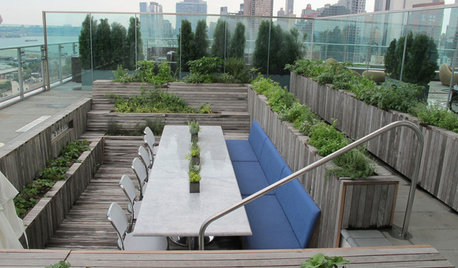
EDIBLE GARDENSLessons From an Edible Garden on a City Roof
Reincarnation of New York City rooftop pool proves edible landscaping is possible just about anywhere
Full Story
LANDSCAPE DESIGNNatural Swimming Pools: More Beauty, No Chemicals
Keep your skin and the environment healthy with a pool that cleans itself, naturally
Full Story
EDIBLE GARDENSHow to Grow Your Own Sweet Summer Crops
This guide will help any gardener get started on growing the freshest warm-season veggies and berries for summer
Full Story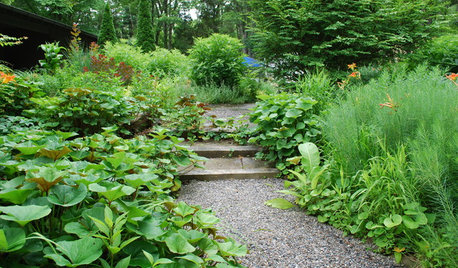
LANDSCAPE DESIGNTour a New American Garden in New Jersey
See how James Golden built his garden in a depression with wet clay and rogue cedars
Full Story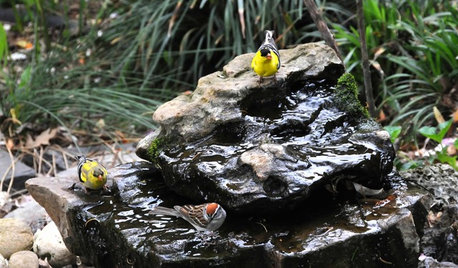
OUTDOOR PROJECTSBring In the Birds With a Homemade Bubble Rock
An avian expert from Southern Indiana shows how to make a burbling fountain that migrating birds will love
Full Story
GARDENING GUIDES10 Solutions for Soggy Soil
If a too-wet garden is raining on your parade, try these water-loving plants and other ideas for handling all of that H2O
Full Story
PETS6 Ways to Help Your Dog and Landscape Play Nicely Together
Keep your prized plantings intact and your dog happy too, with this wisdom from an expert gardener and dog guardian
Full Story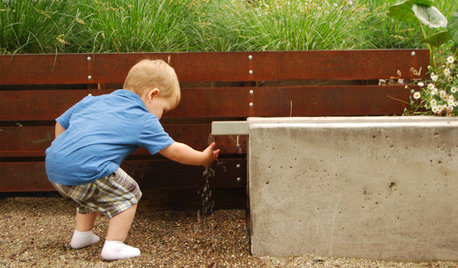
GARDENING AND LANDSCAPING9 Ways to Make Your Yard More Fun for Kids
Draw the younger set outside while keeping grown-up spaces and style intact. Some of these ideas don’t even cost a dime!
Full Story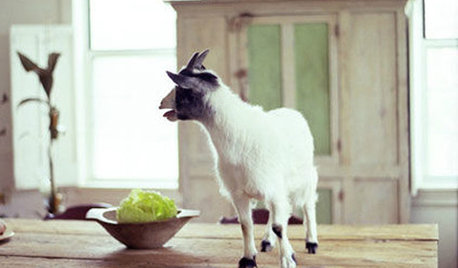
LIFEEasy Green: Modern Homesteaders Stake a Claim
With more options for raising chickens, growing edibles and keeping bees than ever, suburban and city folk are rediscovering a lost art
Full StorySponsored
Columbus Area's Luxury Design Build Firm | 17x Best of Houzz Winner!






kwoods
swampywestportOriginal Author
Related Professionals
Allentown Landscape Architects & Landscape Designers · Williamsburg Landscape Contractors · Dixon Landscape Contractors · Fort Wayne Landscape Contractors · Glendale Heights Landscape Contractors · Huntington Landscape Contractors · Lemoore Landscape Contractors · Milford Landscape Contractors · Nanuet Landscape Contractors · North Richland Hills Landscape Contractors · Porterville Landscape Contractors · Littleton Siding & Exteriors · Manassas Siding & Exteriors · Oak Forest Siding & Exteriors · Tooele Siding & Exteriorsgordon43812
oldunclemarc